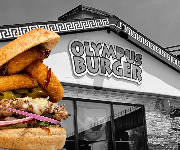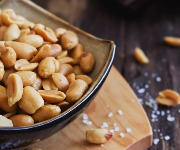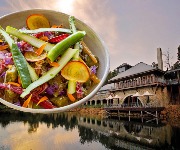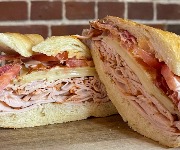Top five uses for leftover liquor
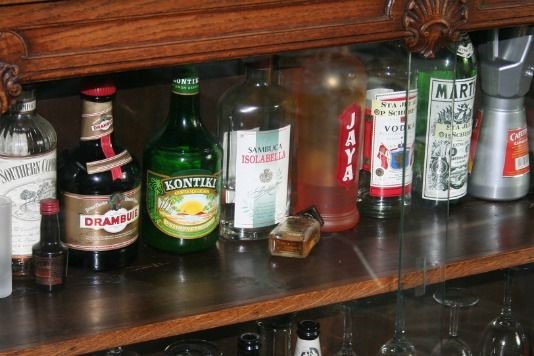
Brighten your cooking and clear the odds and sods from your drinks cabinet with these culinary uses for left over booze
The party’s over. Bottles with sad remnants of inexorably oxidising fortified wine or a few drops of spirit are hogging space. So what's it to be? Sticky cocktails, or a culinary flourish? We say pass the pans please.
1: Vermouth
Vermouth’s herby character cries out for culinary use: a dash of a dry white version improves a fish soup hugely; Jane Grigson used it to make a bread-crumb, butter and garlic paste to keep fish moist during baking; and sweeter red vermouths round out meaty stews nicely. Try deglazing the sticky bits from a frying pan with a glassful for instant jus.
2: Dry Sherry
Another natural pairing with seafood – use judiciously in fish and seafood stews where it has time to cook out. Conveniently for those post-Christmas bottle ends sherry complements certain January root vegetables, for example Nigel Slater harnesses sherry’s velvet unctuousness in a dish of turnips slow-braised in butter and sherry, the technique equally good with chunks of Uriah-Heep-humble swede.
3: Sweet Sherry
Auntie Edna only had one-glass-dear of Harvey’s Bristol Cream. What to do with the rest? Amontillado and Oloroso have an affinity with chicken livers, either in a cheap and delicious pâté, or equally economical sauce to go over tagliatelle, but again be sparing with the liquid.
Sticky sherries, however, really come into their own in zabaglione, electric-whisked egg yolks and sugar in a bain-marie, the liquor introduced gradually with the machine still racing.
4: Port
‘Sherry, vermouth and port all make great additions to red meat or game marinades, adding depth of flavour – but port is often the best choice,’ says Franco-Scottish chef Francois Bernier – investigate Ross Lewis’s rib of beef recipe for the technique.
A drop of port gives gravy gravitas, supplements stews, makes an instant sauce with any red-fruit jelly and a spoon or two of stock... in fact it’s a kitchen saviour, its alchemical genius seen in Hugh Fearnley-Whittingstall’s roasted red onions with port and bay. As he writes: ‘The rich fragrance that wafts from the oven as it cooks is quite delectable.’ We’ll vouch for that.
5: Spirits
Spirits in the kitchen doesn’t necessarily mean flambéing: for example Elizabeth David suggests a few drops of Pernod to enhance fish soups; and pork pâtés benefit from a glass of brandy. But the brief blue flames of burning alcohol – be careful! - work rapid magic on so many foods: basic bananas cooked in butter become luxurious with a glass of Armagnac sacrificed to them. After the fire the flavours remain – essence of spirit plus tasty caramelised loveliness. A personal favourite is large prawns cooked in butter then flambéd in Calvados, double cream added when the flames have died.
Do you have any favourite uses for spiritous remains?
Cookbooks where you’ll find more ideas
Paul A Young’s Port and Stilton Truffles
Andrea Oliver uses whisky in Brisket of Beef
Creative Commons image by illustir
Most Recent
Comments
Be the first to comment
Do you want to comment on this article? You need to be signed in for this feature

